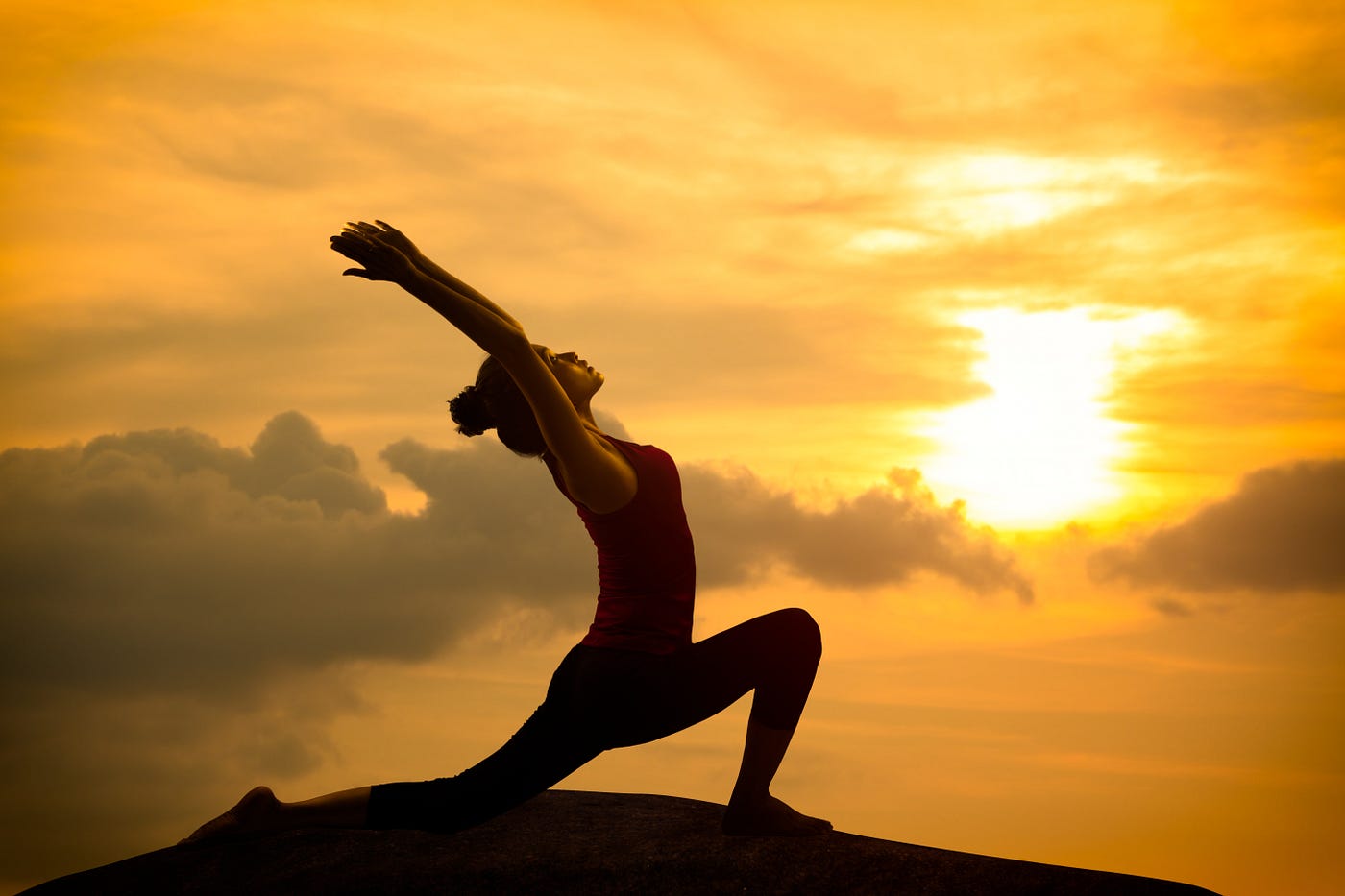Introduction to Physical Movement Activities
Physical movement activities are essential to maintaining a healthy, balanced lifestyle. These activities not only improve physical fitness, but also contribute to mental well-being, emotional balance, and overall quality of life. Whether you’re walking, dancing, swimming, or lifting weights, movement is a natural medicine that boosts energy, strengthens the heart, and enhances mood.
Engaging in regular physical activities is one of the most powerful ways to prevent illness, increase longevity, and feel empowered in your own body.
The Importance of Physical Movement in Daily Life
Incorporating intentional movement into your daily routine combats the harmful effects of a sedentary lifestyle. Regular activity helps with:
- Improved cardiovascular health
- Enhanced muscle and bone strength
- Increased flexibility and mobility
- Better posture and balance
- Boosted immune system
- Mental clarity and stress relief
Just 30 minutes a day of purposeful movement can transform your health.
Top Categories of Physical Movement Activities
1. Aerobic (Cardio) Exercises
These exercises elevate your heart rate and improve oxygen circulation throughout the body. They’re excellent for endurance, fat loss, and heart health.
Examples:
- Brisk walking
- Jogging or running
- Cycling
- Swimming
- Jump rope
- Dancing/Zumba
Benefits:
- Burns calories and fat
- Improves lung capacity
- Reduces risk of heart disease
2. Strength Training Activities
Strength or resistance training involves working against a force to build muscle mass, bone density, and metabolic efficiency.
Examples:
- Weightlifting
- Resistance band workouts
- Bodyweight exercises (push-ups, squats, lunges)
- Kettlebell workouts
Benefits:
- Increases metabolism
- Strengthens joints and bones
- Shapes and tones muscles
3. Flexibility and Mobility Work
These activities improve the range of motion in your joints and lengthen your muscles, preventing injury and promoting graceful movement.
Examples:
- Yoga
- Dynamic stretching
- Pilates
- Tai Chi
Benefits:
- Enhances posture and alignment
- Reduces muscle stiffness
- Promotes relaxation and recovery
4. Balance and Coordination Exercises
Balance-focused activities improve your body’s stability, which becomes increasingly important as we age.
Examples:
- Single-leg stands
- Balance board training
- Tai Chi
- Bosu ball exercises
Benefits:
- Prevents falls and injuries
- Strengthens the core
- Improves neuromuscular control
5. Recreational and Functional Activities
Movement doesn’t always have to look like “exercise.” Everyday activities that get you moving are just as valuable.
Examples:
- Gardening
- House cleaning
- Playing with children or pets
- Recreational sports (tennis, soccer, hiking)
Benefits:
- Keeps activity fun and sustainable
- Encourages consistency
- Integrates wellness into daily life
Physical Movement for Different Age Groups
Children and Teens:
- Encourage playful activities like tag, jumping rope, and team sports.
- Aim for at least 60 minutes of moderate-to-vigorous physical activity daily.
Adults:
- Mix cardio, strength, and flexibility workouts throughout the week.
- At least 150 minutes of moderate or 75 minutes of vigorous activity weekly is recommended.
Older Adults:
- Focus on low-impact, joint-friendly exercises like walking, yoga, and swimming.
- Emphasize balance and flexibility to reduce fall risk.
Tips for Staying Consistent with Movement
- Start small – even 10 minutes is better than none.
- Choose enjoyable activities – you’re more likely to stick with them.
- Set goals – track progress to stay motivated.
- Make it social – join a group or work out with a friend.
- Schedule it – treat movement like an important appointment.
Consistency is more important than intensity when it comes to creating lasting habits.
Mental and Emotional Benefits of Movement
Movement doesn’t just sculpt your body—it elevates your mind:
- Releases endorphins, the feel-good chemicals
- Reduces anxiety and depression
- Enhances self-confidence
- Improves sleep quality
- Builds mental resilience
A moving body fuels a focused, calm, and optimistic mind.
Conclusion: Move Your Way to a Better Life
Whether you’re hitting the gym, taking a walk in nature, or dancing in your living room, physical movement activities are a cornerstone of health and happiness. Every step, stretch, lift, and jump is an investment in your future well-being.
It’s not about being perfect—it’s about being consistent. Make movement a non-negotiable part of your life and experience the transformation in your body, mind, and spirit.



